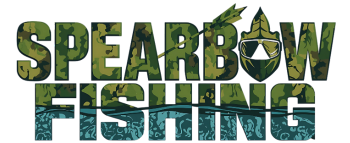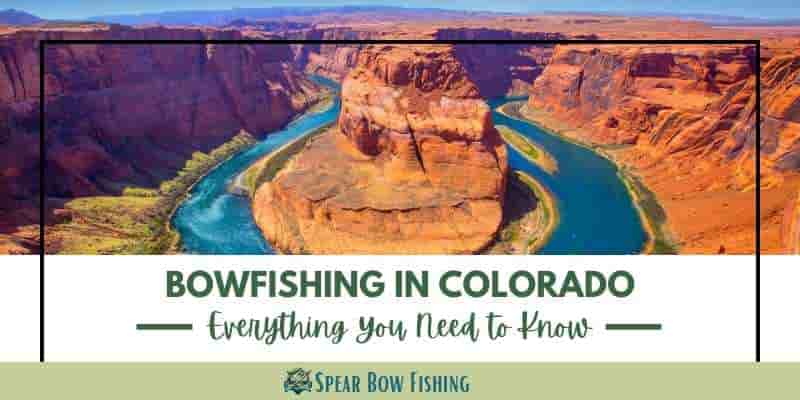Bowfishing Colorado – Introduction
Welcome to the exciting world of bowfishing in Colorado! Whether you’re a beginner or an experienced bowfisherman, this comprehensive guide is your ultimate resource for all things bowfishing in the beautiful state of Colorado. From understanding the basics to finding the best bowfishing spots, we’ve got you covered.
What is Bowfishing?
Bowfishing is a thrilling combination of bowhunting and fishing that has gained popularity among outdoor enthusiasts in Colorado. Unlike traditional fishing methods, bowfishing involves using specialized bows and arrows to target fish in bodies of water.
This unique sport offers a more hands-on and exciting experience, requiring skill and precision to aim, shoot, and retrieve fish.With bowfishing, you have the opportunity to test your archery skills while enjoying the thrill of the hunt. It offers a challenging and rewarding alternative to traditional fishing techniques.
Colorado Bowfishing Association (COBF)
The Colorado Bowfishing Association (COBF) is a dedicated club that focuses on supporting and preserving the sport of bowfishing in Colorado. As an avid bowfisherman, joining the COBF can offer you a range of benefits and opportunities.
You can join annual membership with a fee, which helps support their various activities and initiatives. While the exact cost might fluctuate slightly from year to year, based on my current information, it’s safe to say that membership involves a fee.
Benefits of Joining the COBF
- Access to a Supportive Community: By becoming a member of the COBF, you’ll have the chance to connect with fellow bowfishermen who share your passion. The association fosters a supportive community where you can exchange tips, advice, and stories.
- Educational Resources: The COBF provides educational materials and resources to help improve your bowfishing skills. Whether you’re a beginner or an experienced bowfisherman, you can find valuable information and guidance to enhance your technique.
- Children’s Memberships: Free memberships for children under 18 accompanying parent members, fostering family involvement in the sport.
- Annual Members BBQ: Enjoy a fun social event with fellow members, enjoy delicious food, and celebrate the camaraderie of the bowfishing community.
- Opportunity to Participate in Events and Tournaments: The COBF organizes a variety of events and tournaments throughout the year. As a member, you’ll have the chance to showcase your skills, compete against other bowfishermen, and potentially win prizes.
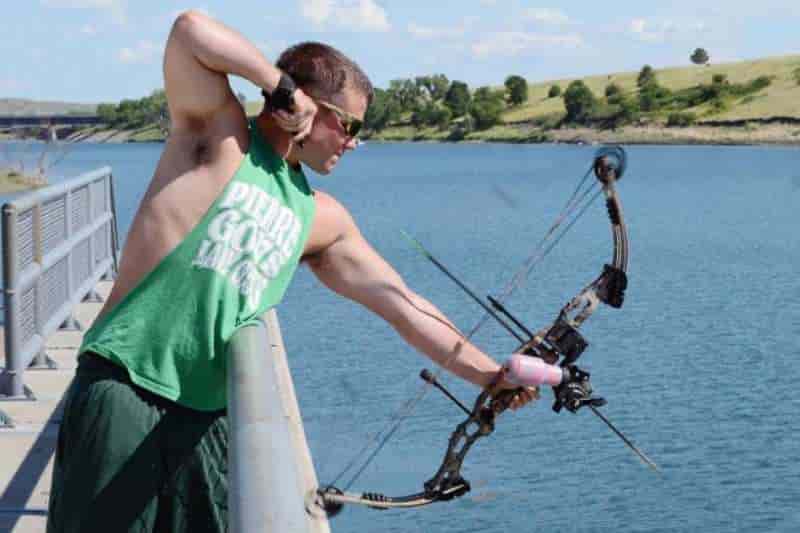
What Events or Tournaments Does the COBF Organize?
- Open Tournaments: The COBF hosts open tournaments where bowfishermen of all skill levels can participate. These tournaments provide a platform for friendly competition and the opportunity to test your skills against other enthusiasts.
- Competitive Shoots: In addition to open tournaments, the COBF also organizes competitive shoots that attract skilled bowfishermen from across the state. These events offer a higher level of competition and the chance to compete against some of the best bowfishermen in Colorado.
What is The Division of Water Wildlife and Boat Safety
The Division of Water Wildlife and Boat Safety (DWWBS) is an organization within the state of Colorado that plays a vital role in managing and regulating water resources, wildlife conservation, and ensuring safe boating practices.
The DWWBS is committed to preserving the natural beauty and diversity of Colorado’s waterways, while also ensuring the safety of individuals engaging in recreational activities such as bowfishing.
The DWWBS works closely with bowfishermen to enforce these regulations, educate boaters about safety measures, and raise awareness about the importance of protecting the natural environment. By adhering to the guidelines set by the DWWBS, you can help preserve the beauty of Colorado’s waterways for future generations and ensure a safe and enjoyable bowfishing experience.
Bowfishing License Regulations and Permits in Colorado
Before embarking on a thrilling bowfishing adventure in Colorado, it’s important to understand and comply with the state’s bowfishing regulations. Colorado Parks and Wildlife Department sets these regulations to ensure the sustainability of fish populations and protect the natural environment. Here’s what you need to know:
Fishing Licenses
In Colorado, you are required to have a valid fishing license to engage in bowfishing. The same fishing license that is used for traditional rod and reel fishing is applicable for bowfishing activities as well. It’s vital to obtain the appropriate fishing license before heading out on your bowfishing excursions.
Annual Licenses: $39.71 for residents and $111.03 for non-residents – valid for a calendar year.
1 Day Licenses: $15.50 for residents and $19.01 – valid for one day.
Habitat Stamp (Optional): The Habitat Stamp is $12.15 and supports fish and wildlife habitat conservation, but it’s not mandatory for bowfishing.
You can apply for license online here.
They also have free fishing days each year, where resident and non-resident anglers of all ages can fish without a license in any Colorado waters open to public fishing. In 2023, free fishing days was on June 3-4. This is a great opportunity for people to try fishing for the first time or introduce someone new to the sport. After the free fishing weekend, licenses are required again to fish legally.
Parks and Wildlife Guidelines
Colorado Parks and Wildlife Department has established guidelines for bowfishermen to promote responsible and ethical bowfishing practices. These guidelines include fish handling, proper disposal of harvested fish, and adherence to size and bag limits for specific species. It is crucial to familiarize yourself with these guidelines to contribute to the sustainable management of Colorado’s fisheries.
Target Species Allowed in Colorado for Bowfishing
When it comes to bowfishing in Colorado, you have a wide variety of species to target in the state’s waters. Whether you’re a seasoned bowfisherman or a beginner, there’s something for everyone.
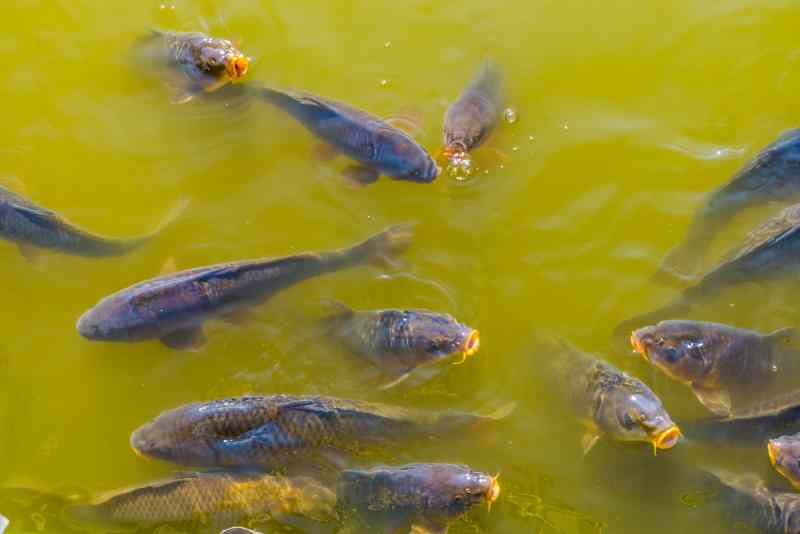
Always Allowed:
- Common Carp: This abundant species is considered invasive and readily targeted by bowhunters.
- Grass Carp: Another invasive species, often found in lakes and ponds.
- Northern Pike: While not native to all Colorado waters, pike pose an ecological threat and are legal to bowfish where permitted.
Additional Allowances (May Vary by Location):
- Longnose Suckers: Not as widespread as carp or grass carp, but permitted in some areas.
- Kokanee Salmon: Only during designated snagging seasons and in specific water bodies.
Always Prohibited:
- Game Fish: This includes trout, bass, catfish, walleye, and other native species protected by Colorado regulations.
- Threatened or Endangered Species: Targeting any threatened or endangered species is illegal and harmful to the ecosystem.
Colorado Lakes Where Bowfishing is Permitted
Colorado offers a wide range of lakes and reservoirs where bowfishing is permitted. While this list is not exhaustive, it highlights some of the popular lakes that allow bowfishing in Colorado.
- Jackson Lake
- Jumbo Reservoir
- Karney Reservoir
- Lake John
- Queens State Wildlife Area
- Rifle Gap Reservoir
- Sweitzer Lake State Park
- Tarryall Reservoir
- Trinidad Lake State Park
Additionally, for interstate waters like reservoirs or rivers that form a border between Colorado and neighboring states, your Colorado fishing license is valid on the Colorado portions of those waters. It is not valid for fishing in other states. However, you still need to follow the specific fishing regulations for that water body.
When planning your bowfishing trip, it’s important to remember that regulations may change so it’s important to always verify with the local authorities and the Colorado Parks and Wildlife Department to ensure you have the most up-to-date information regarding specific regulations, permits, and any restrictions in place for bowfishing in these locations.
Best Weather and Month for Bowfishing in Colorado
The weather and time of year play a crucial role in the success of your bowfishing outings in Colorado. Here’s what you need to know:
Late Spring/Early Summer (May-June)
- Water temperatures warming up, increasing carp activity.
- Carp spawning season, fish are more active and in shallow waters.
- More daylight hours to bowfish.
- Can have variable weather from warm sunny days to afternoon thunderstorms.
Mid-Summer (July-August)
- Warm water temperatures keep carp active.
- Less vegetation in lakes makes spotting fish easier.
- Can bowfish into the evening as days stay light later.
- Afternoon thunderstorms possible.
Early Fall (September-October)
- Water still warm, fish remain active.
- Less fishing pressure than summer.
- Cooler night temperatures good for night bowfishing.
- Shorter days mean less daylight bowfishing time.
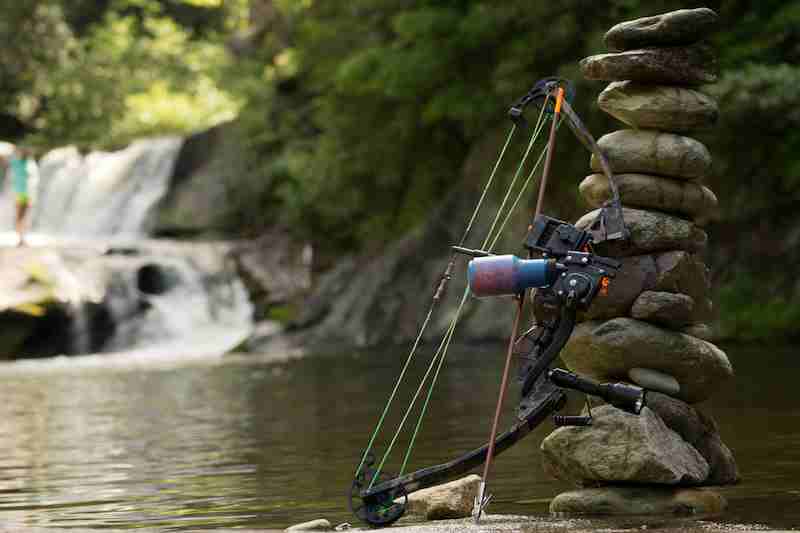
Insider Tips for the Best Colorado Bowfishing Experience
Are you ready to take your bowfishing adventures in Colorado to the next level? We’ve got you covered with some insider tips and tricks that will help enhance your bowfishing experience. Whether you’re a seasoned bowfisherman or just starting out, these recommendations will ensure you have the best time on the water.
Choosing Locations
- Hit the shallows early: As water warms in spring and summer, carp and grass carp often move into shallow areas to feed. Target these areas, especially near weed beds, at dawn or dusk for peak activity.
- Follow the birds: Watch for flocks of pelicans, gulls, or herons. These opportunistic feeders often concentrate around areas with abundant fish, leading you to your next trophy.
- Seek hidden gems: Not all lakes are created equal. Research lesser-known spots beyond the usual suspects. Smaller lakes or reservoirs can hold hidden carp havens with less fishing pressure.
- Find private farm ponds: Get permission first, but private waters with high rough fish populations and no fishing pressure are honey holes.
Choosing Gear
- Use an AMS Retriever Pro bowfishing reel. The bottle design reduces line twist and drag better than old school reels, essential for fighting big carp or gar.
- Downsize your arrow. Lighter arrows with smaller diameters penetrate easier and fly faster. Use .310-330 spine arrows with 60-80 lb bows.
- Consider a laser sight. They can drastically increase accuracy for beginners learning to aim and compensate for refraction. Less misses means more hookups.
- Mix up arrow tips. Use cutter tips on smaller fish and kaboom or grapple tips on lunker carp. Always have a range of tips on hand.
- Muffle the clang of your bow with foam pads or fabric wraps to avoid spooking fish, especially in quieter areas.
- Combine polarized sunglasses with an underwater viewer to enhance target visibility, especially in bright sunlight or murky water.
Wrapping Up
The sport of bowfishing in Colorado offers a unique and exciting way to enjoy the state’s beautiful lakes and waterways. With the support of the Colorado Bowfishing Association (COBF), bowfishermen have access to valuable information, regulations, and resources. Whether you prefer shooting from a boat or from the shore, there are plenty of opportunities to test your skills and catch a variety of legal species.
The Division of Wildlife (DOW) plays a crucial role in ensuring the protection of fish and wildlife resources. They enforce bowfishing regulations and work to stop the spread of invasive species. It is important for sportsmen and women to familiarize themselves with the regulations listed by the DOW to ensure a fun and challenging bowfishing experience.
If you’re interested in participating in a bowfishing tournament, Frontier Bowfishing hosts events throughout the year. These tournaments bring together bowfishermen from all over Colorado to compete and showcase their skills. It’s a great opportunity to meet fellow enthusiasts and make good use of your bowfishing abilities.
Bowfishing in Colorado is a thrilling and rewarding sport for those who enjoy the outdoors and fishing activities. The Colorado Bowfishing Association and the Division of Wildlife are dedicated to supporting and protecting this unique sport. So grab your bow, obtain the necessary permits, and get ready to experience the excitement of bowfishing in the beautiful state of Colorado. For more information, feel free to visit the COBF website or email them directly.
FAQ Section
Q1: Can I go bowfishing in Colorado?
Answer: Yes, bowfishing is allowed in Colorado, but there are regulations and permits required. You can find more information on the Colorado Bowfishing Association (COBF) website.
Q2: What is the Colorado Bowfishing Association (COBF)?
Answer: The Colorado Bowfishing Association (COBF) is an official organization dedicated to protecting and promoting the sport of bowfishing in Colorado. They provide information, regulations, and resources for bowfishermen.
Q3: Are there any lakes in Colorado where bowfishing is allowed?
Answer: Yes, there are several lakes in Colorado where bowfishing is allowed. You can find a list of these lakes on the COBF website.
Q4: Do I need a permit to go bowfishing in Colorado?
Answer: Yes, you need a valid fishing license and a separate bowfishing permit to go bowfishing in Colorado. These permits can be obtained through the Colorado Parks and Wildlife (CPW) website.
Q5: Are there any specific regulations for bowfishing in Colorado?
Answer: Yes, there are regulations regarding the species you can bowfish, shooting from a boat or shore, and the use of certain equipment. It is important to familiarize yourself with these regulations before going bowfishing in Colorado.
Q6: Can I bowfish at night in Colorado?
Answer: Yes, night shooting is allowed for bowfishing in Colorado, but there are specific regulations and restrictions. It is recommended to check the CPW website or contact the COBF for more information.
Q7: Are there any ramp closures for bowfishing in Colorado?
Answer: Yes, there may be ramp closures at certain lakes in Colorado to prevent the spread of invasive mussels. It is important to check for any closures or restrictions before planning your bowfishing trip.
Q8: Can I use a crossbow for bowfishing in Colorado?
Answer: No, the use of crossbows for bowfishing is not allowed in Colorado. Only traditional bows or compound bows are permitted.
Q9: What is the role of the Division of Wildlife (DOW) in bowfishing?
Answer: The Division of Wildlife (DOW) in Colorado is the regulatory agency that oversees fishing activities, including bowfishing. They enforce wildlife regulations and ensure the protection of fish and wildlife resources.
Q10: How can I contact the Colorado Bowfishing Association (COBF) for more information?
Answer: For more information, you can visit the COBF website or email them directly. They are dedicated to assisting and providing information to bowfishermen in Colorado.
Rohan fell in love with spearfishing and bowfishing while exploring the watery adventures of Central Europe. Hooked from the first trip, he now explores the globe, leading you to the best spots, gear, and tips to land your first catch. SpearBowFishing.com isn’t just a website, it’s your guide to all things underwater hunts. So grab your fins (or bow!), and discover the thrill of chasing fish instead of casting lines!
